There are a variety of optimizations that can optimize away the occurs check when the occurs check flag is set to "true". This is necessary to make sound unification feasible for common cases. A typical optimization is the detection of linearity of a head:
linear(Head) :-
term_variables(Head, Vars),
term_singletons(Head, Singletons),
Vars == Singletons.
In this case the occurs check can be omitted when invoking a clause. We can make the test for the less/2 example whether the heads are linear or not. It turns out that both heads are linear:
?- linear(less(0, s(_))).
true.
?- linear(less(s(X), s(Y))).
true.
So a Prolog system can totally omit the occurs check for the predicate less/2 and nevertheless produce sound unification. This optimization is for example seen in Jekejeke Prolog when inspecting the intermediate code. The instruction unify_linear is used:
?- vm_list(less/2).
less(0, s(A)).
0 unify_linear _0, 0
1 unify_linear _1, s(A)
less(s(X), s(Y)) :-
less(X, Y).
0 unify_linear _0, s(X)
1 unify_linear _1, s(Y)
2 goal_last less(X, Y)
In contrast to the instruction unify_term, the instruction unify_linear does not perform an occurs check, even when the occurs check flag is set to true.
Ritu Chadha; David A. Plaisted (1994). "Correctness of unification without occur check in prolog". The Journal of Logic Programming. 18 (2): 99–122. doi:10.1016/0743-1066(94)90048-5.
